These 23 Design Trends Have Stood the Test of Time
Seasons changes, tastes evolve, but certain design themes seem to return again and again—or never go away. We scoured the archives and canvassed modern designers to assemble a list of the hallmarks of timeless interior style.
Blue-and-White Porcelain
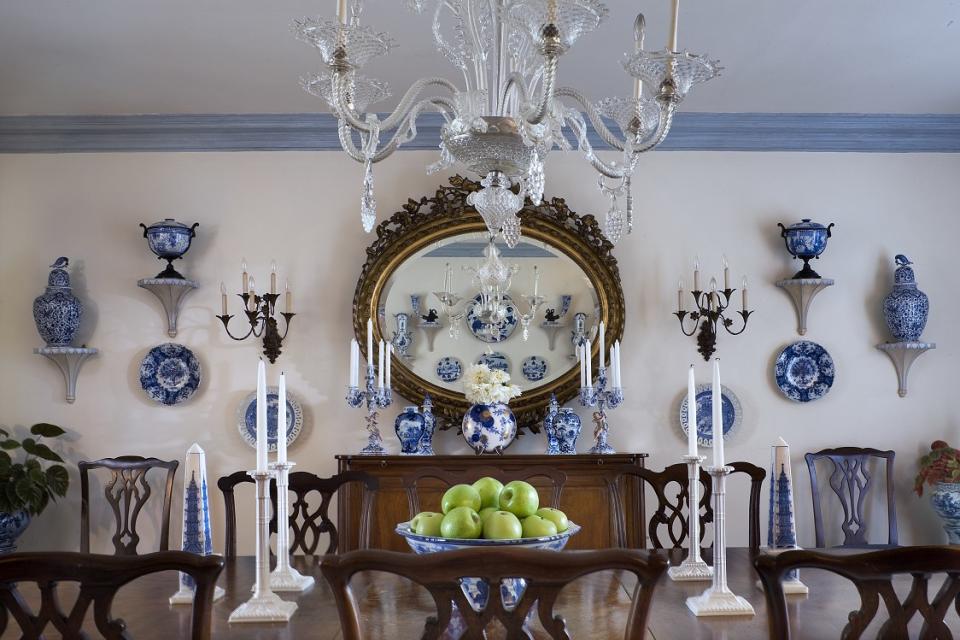
This classic combination dates back to 14th-century China—that’s where blue-and-white porcelain was first developed—but blew up in 17th-century Netherlands, which exported Delft glazed earthenware all over Europe. Since then, it’s been used everywhere from tableware to tile work in the country and city homes of social doyennes such as Babe Paley and Tory Burch. “As Oscar Wilde put it,” says designer Elizabeth Pyne Singer of New York firm McMillen, “I find it harder and harder every day to live up to my blue china.”
White Bedding
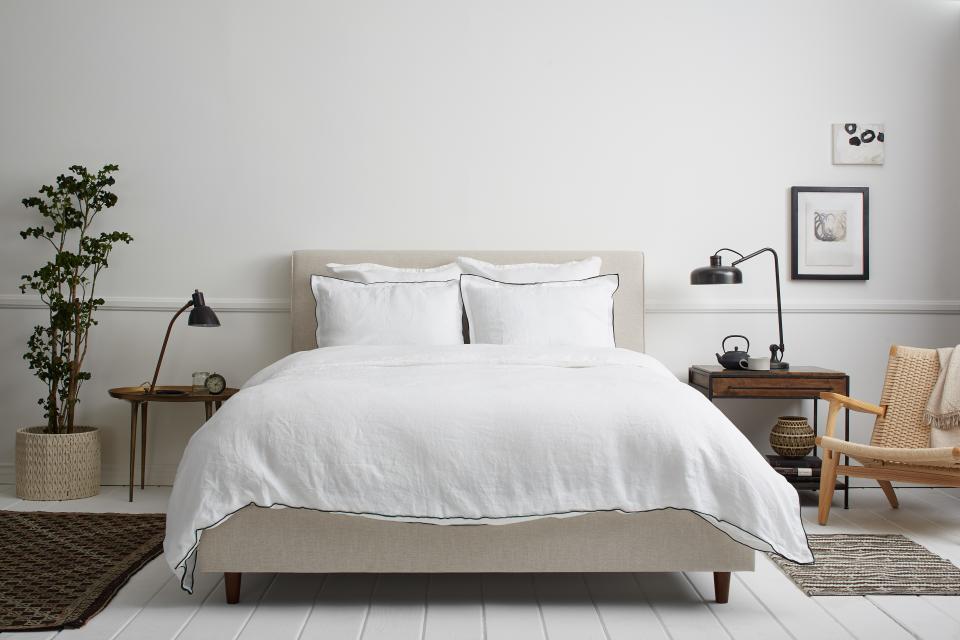
“Soothing, uncomplicated white helps keep visual stimulation to a minimum,” says designer Elizabeth Muraro Hague. “I always choose simple white sheets for my clients.” Ariel Kaye, the founder of the Parachute lifestyle brand, suggests that while white bedding has always been popular, the consumer embrace of minimalism has made it ever more so. “A minimalist design is about peace of mind and focus,” she says. “In today’s busy world it’s nice to unwind in a bedroom that feels fresh and serene.”
Marble Countertops
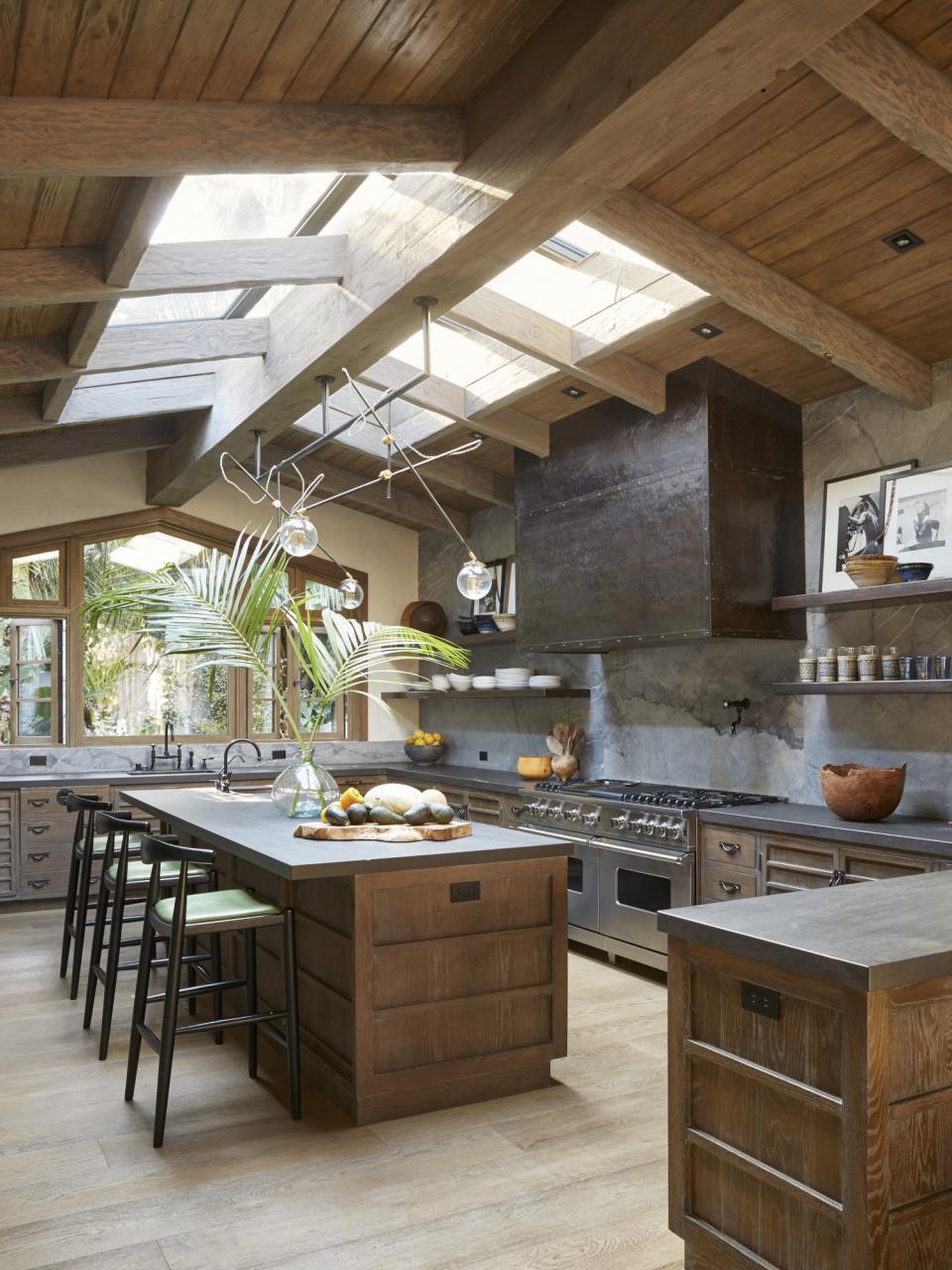
Marble countertops are as practical as they are luxurious in a bathroom or a kitchen setting—able to take a beating and look good while doing it. “Marble, to me, is the ultimate material for bathroom and kitchen countertops,” says AD100 designer Martyn Lawrence Bullard. “I love the natural beauty of stone. No two pieces are alike and, as such, no two homes are alike.”
Terrazzo
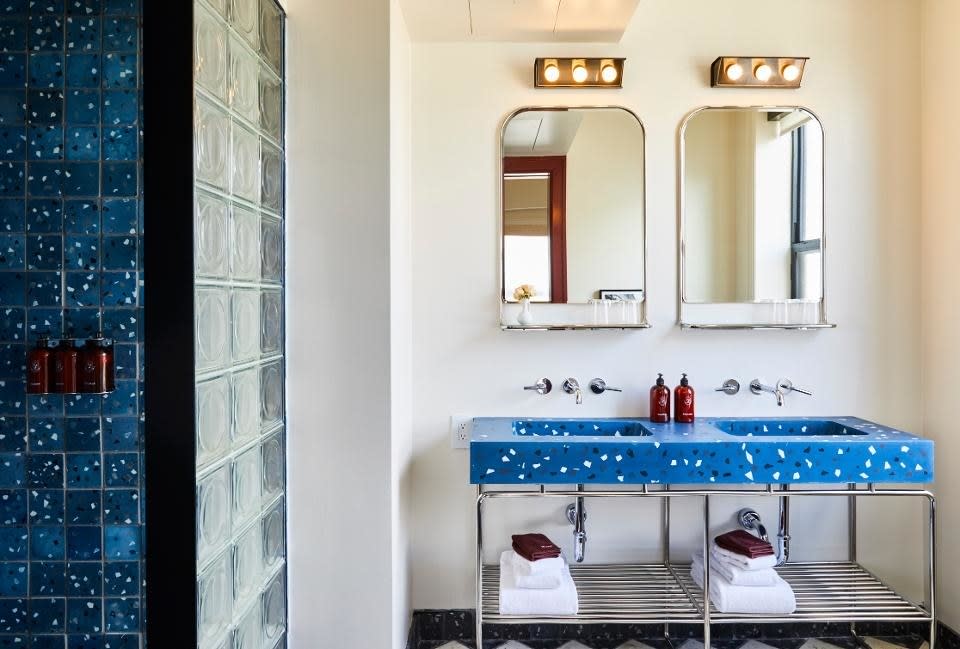
Traditionally found in old-school flooring and the palatial columned homes of Venice, and later as an Art Deco staple, terrazzo has been reimagined recently in a kaleidoscope of shapes and colors, showing up on tabletops, entryways, and in other more surprising places. Made by mixing stone or glass chips into concrete, which is then polished to a smooth surface, “the final results are always slightly out of your control,” says Italian designer Alberto Bellamoli, who produces many of his pieces in Verona. “That’s what makes it special.”
Rattan and Wicker
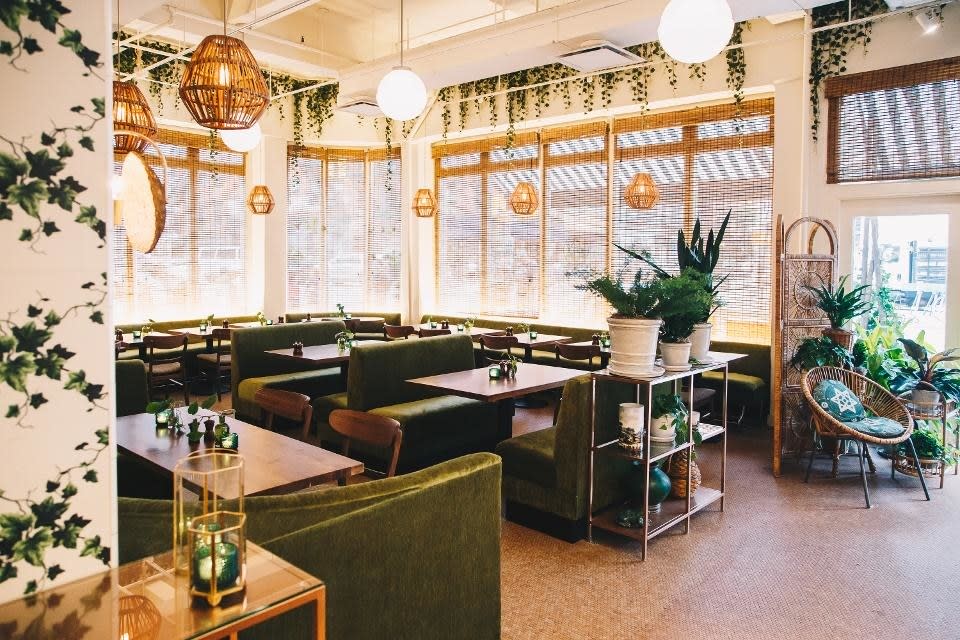
From a wicker bed frame in a girl’s bedroom to hanging light fixtures, natural woven straw—which dates back to as early as 8,000 B.C. in Egypt—has many creative applications. “It’s more than a trend,” says designer Nina Freudenberger. “It’s a material that has been used and tested through time to add warmth, interest, and a sense of craftsmanship to a room.”
Chintz
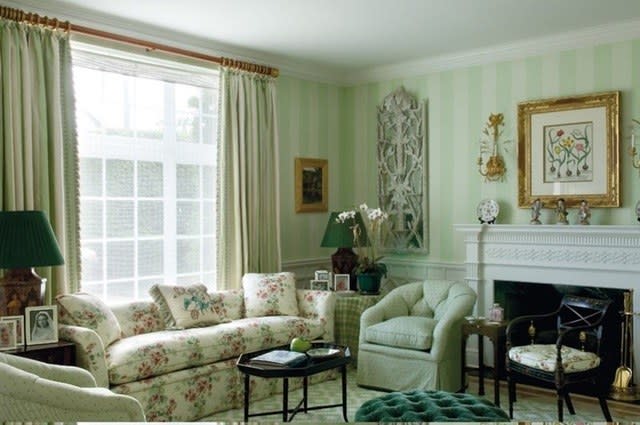
This glazed Calico, a type of Indian cotton adorned in large florals and botanicals, traces back to the early 1600s. It became ubiquitous in American design in the 1980s, and is back in various forms, from wallpaper to china to fabrics and floor coverings. Designer Patrick McGrath loves its application on sofas or upholstered chairs. “Chintz looks great if you are going for that sort of lived-in, Bunny Mellon look in a country house or prewar apartment,” he says.
Toile
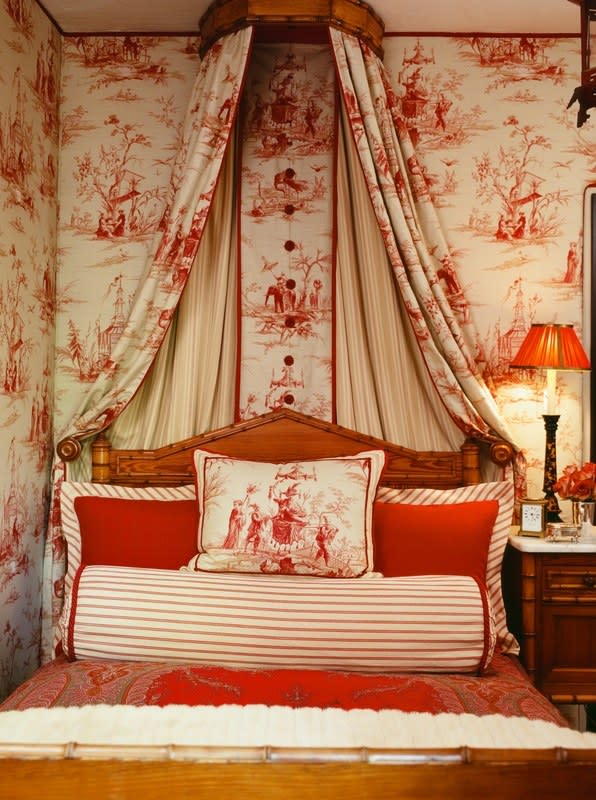
Perhaps best utilized in a cozy bedroom setting, toile is a European decorating classic. Made of linen and adorned with a pastoral or scenic print, it works well in both small ways (like on an upholstered chair) and wall-to-wall. “Toile always carries with it romance and a flavor of old-school charm,” says AD100 designer Martyn Lawrence Bullard. “And it’s one of the few fabrics you can commit to absolutely; more is always more in the perfect way.” Adds designer Josh Greene, “It brings a sense of history and classicism to any space.”
Upholstered Furniture
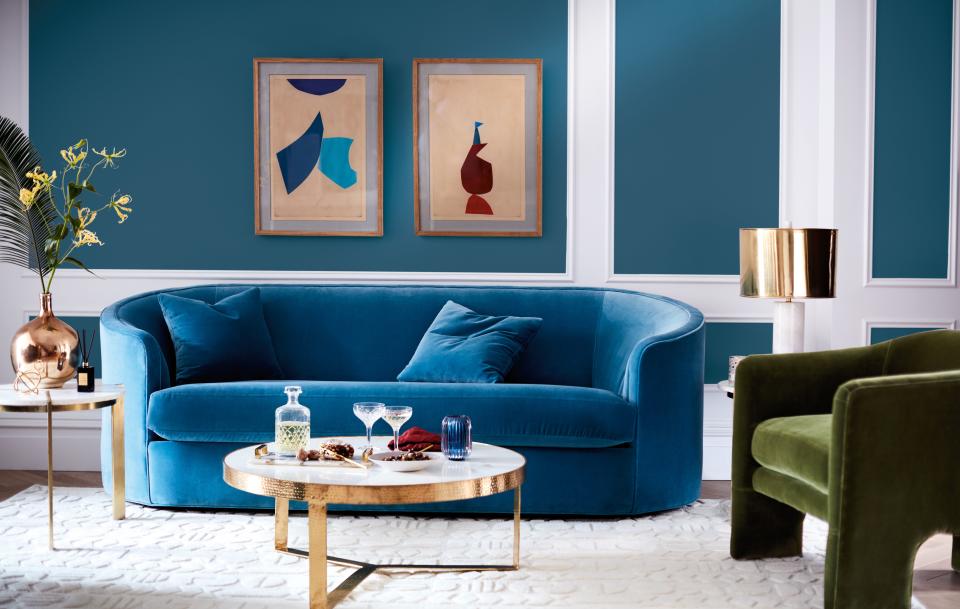
Whether you’re curled up in front of the TV or hosting a casual cocktail party with friends, upholstered seating has never gone out of style—and for good reason. “The notion of actually usable furniture is something that has stuck with interiors for decades,” says Will Cooper, partner at New York design and development firm ASH NYC. “There’s something classic about a living room that actually works, filled with comfortable, upholstered pieces.”
Sconces
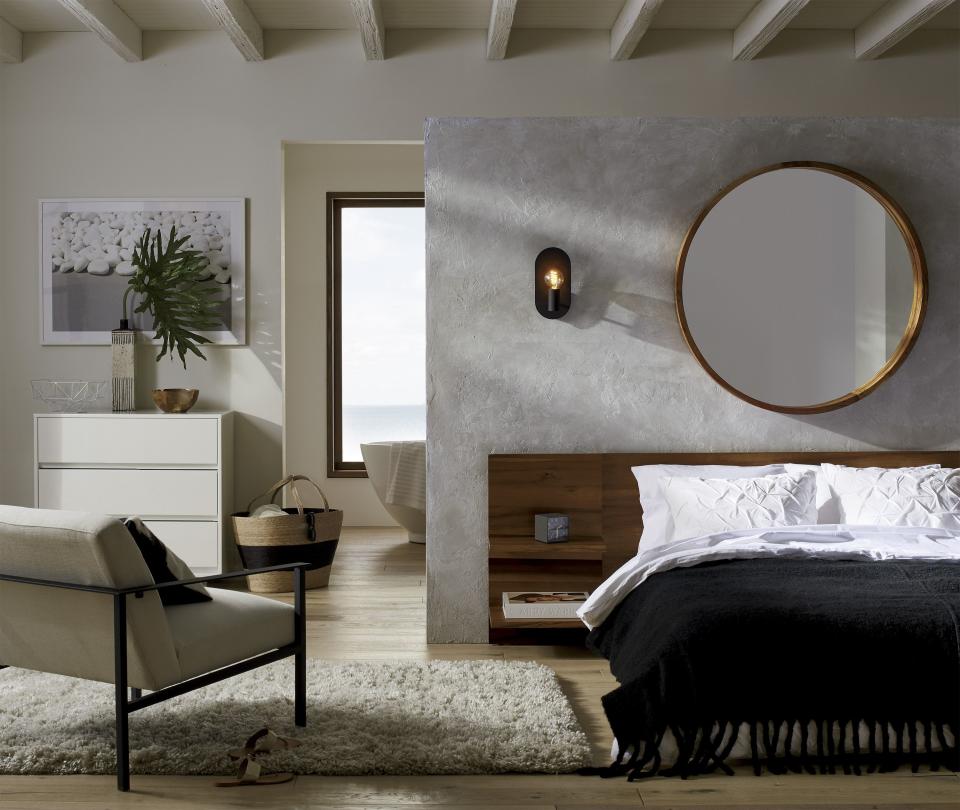
The sheer variety of styles of wall lamps makes their use anywhere and everywhere a no-brainer, especially since the advent of cooler-to-the-touch LED bulbs.
Exposed Brick
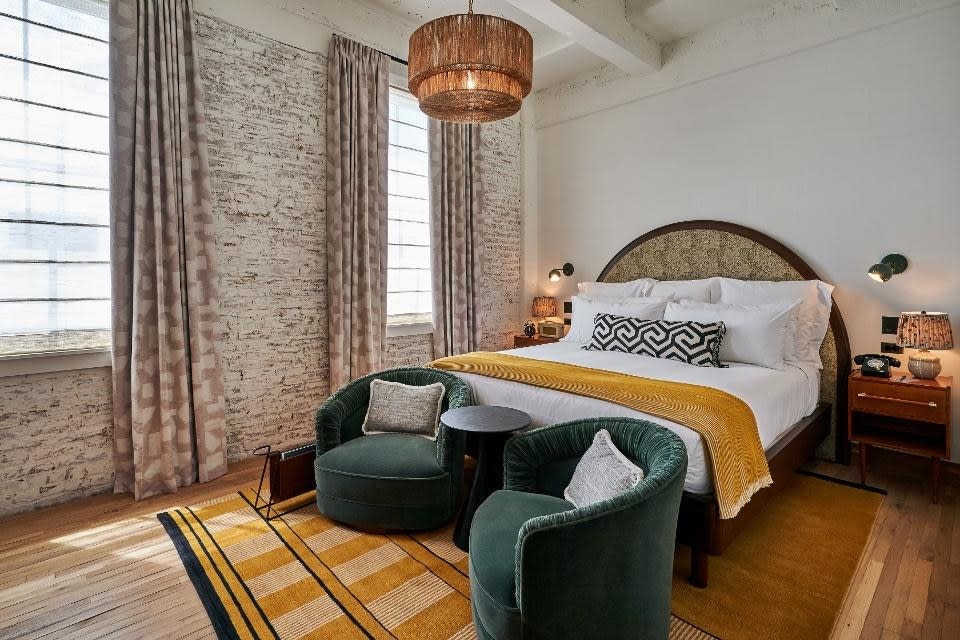
Whether whitewashed or scraped and clean, exposed bricks add a historical and industrial quality to an interior or exterior. “The beauty of exposed brick is that it’s an architectural building material, so its purpose is core to the space,” says Soho House’s U.S. design director Candace Campos, who used the material at the new Soho Warehouse outpost in downtown L.A. “That in itself gives it integrity. Brick always carries a part of its history and history won’t ever go out of style.”
Subway Tile
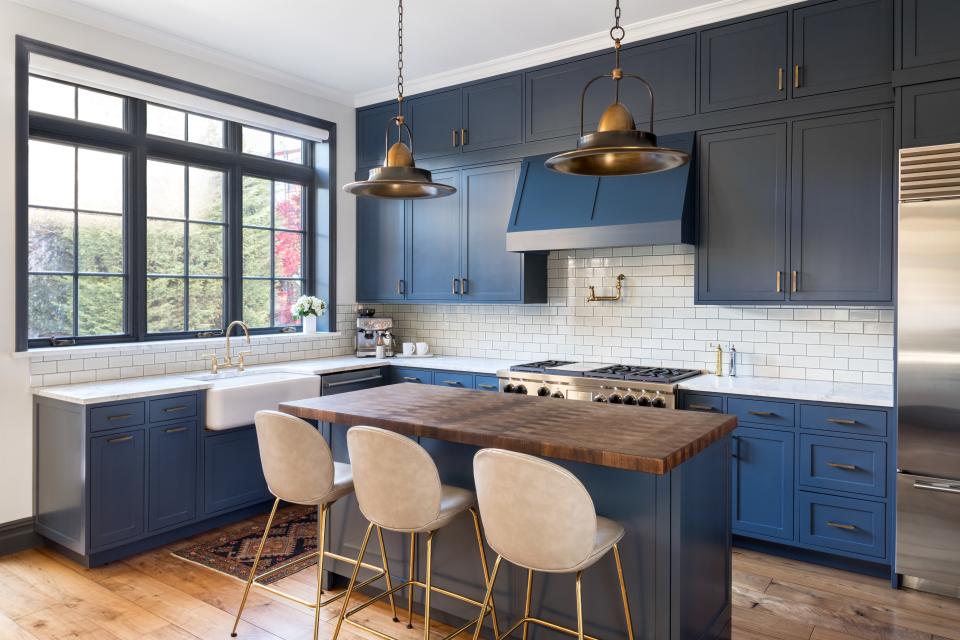
Originated as a home design element by designers George C. Heins and Christopher Grant La Farge, ceramic subway tiles have made their way around the kitchens and bathrooms of the world many times over. A classic and affordable backsplash and wall material, subway tiles originally came in a 3-by-6-inch rectangle but are now offered in a variety of materials and sizes. “They always look classic and go with literally everything,” says designer Liz Caan.
Wide-Plank Oak Floors
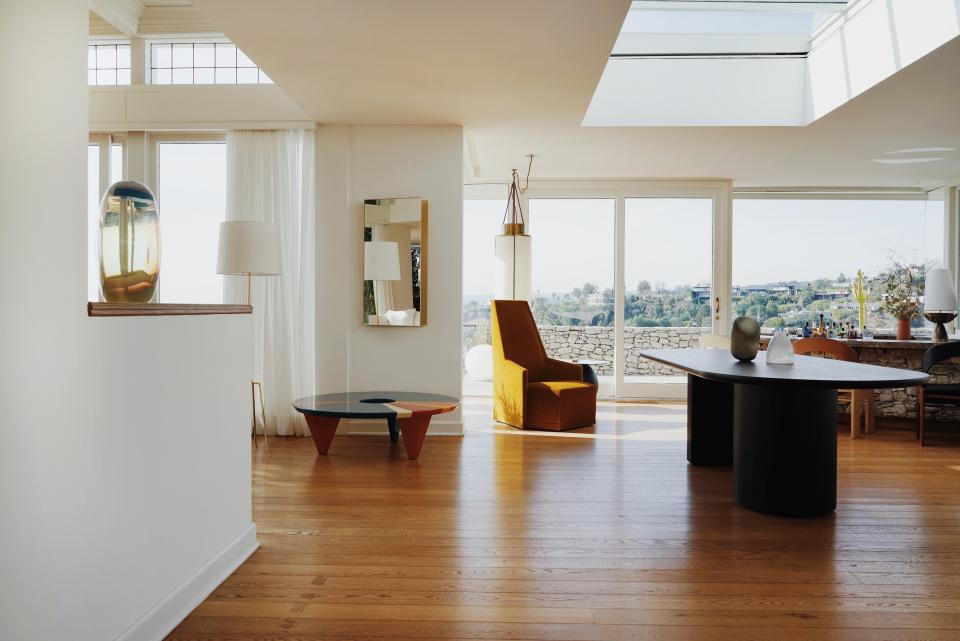
Few materials are as widely used, and have been around as long, as wide-plank oak for flooring. Durable blond floor planks offer a classic look that’s easily integrated with many design aesthetics. “Wide-plank floors were used in early houses out of necessity but are now used in kitchens and family rooms to create a feeling of warmth and ease,” says AD100 designer Steven Gambrel.
Sisal
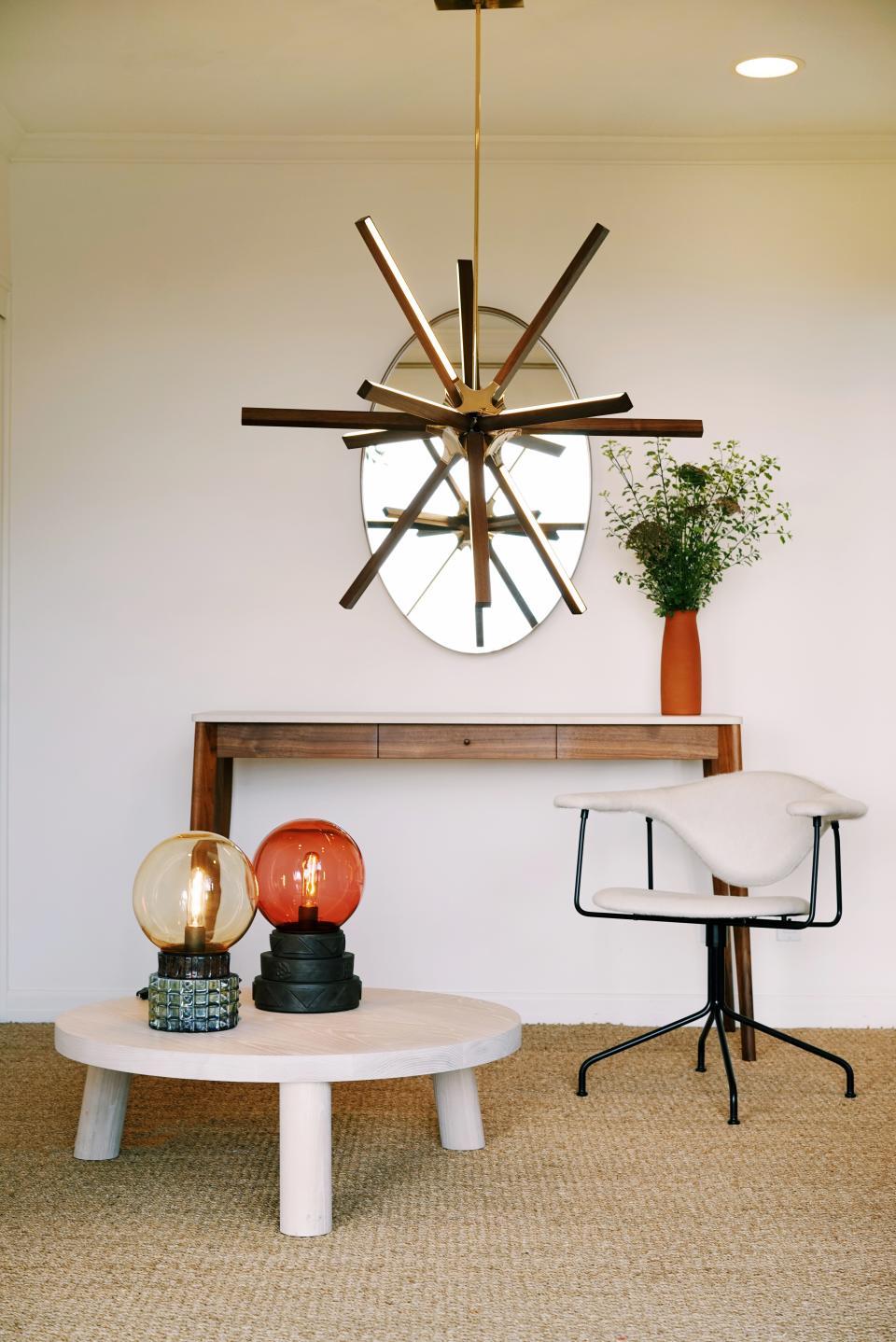
Floor coverings made of sisal and other stiff, natural fibers are “at home in a contemporary house or a traditional one,” says designer Georgia Tapert. “When first introduced to the market, there were a few standard weaves, but now they come in every pattern, color, design, and mix of materials under the sun.” Bonus: They’re practical, long-lasting, and budget-friendly.
Canopy Bed
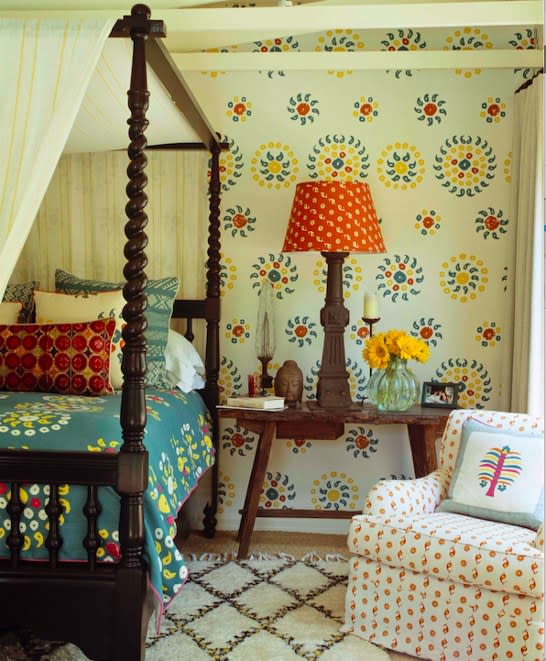
The canopy dates back to when medieval European nobility would travel between their castles or manor houses and needed beds that could be transported but still offer privacy (because of the curtains) from their staff (who often slept in the same room, for convenience and security). Certainly, they’ve come a long way since. “Canopy beds make a bedroom dreamlike,” says designer Leta Austin Foster. “I don’t think I’ve designed a house in years that didn’t have a canopy bed somewhere in it!”
Ikat Print Textiles
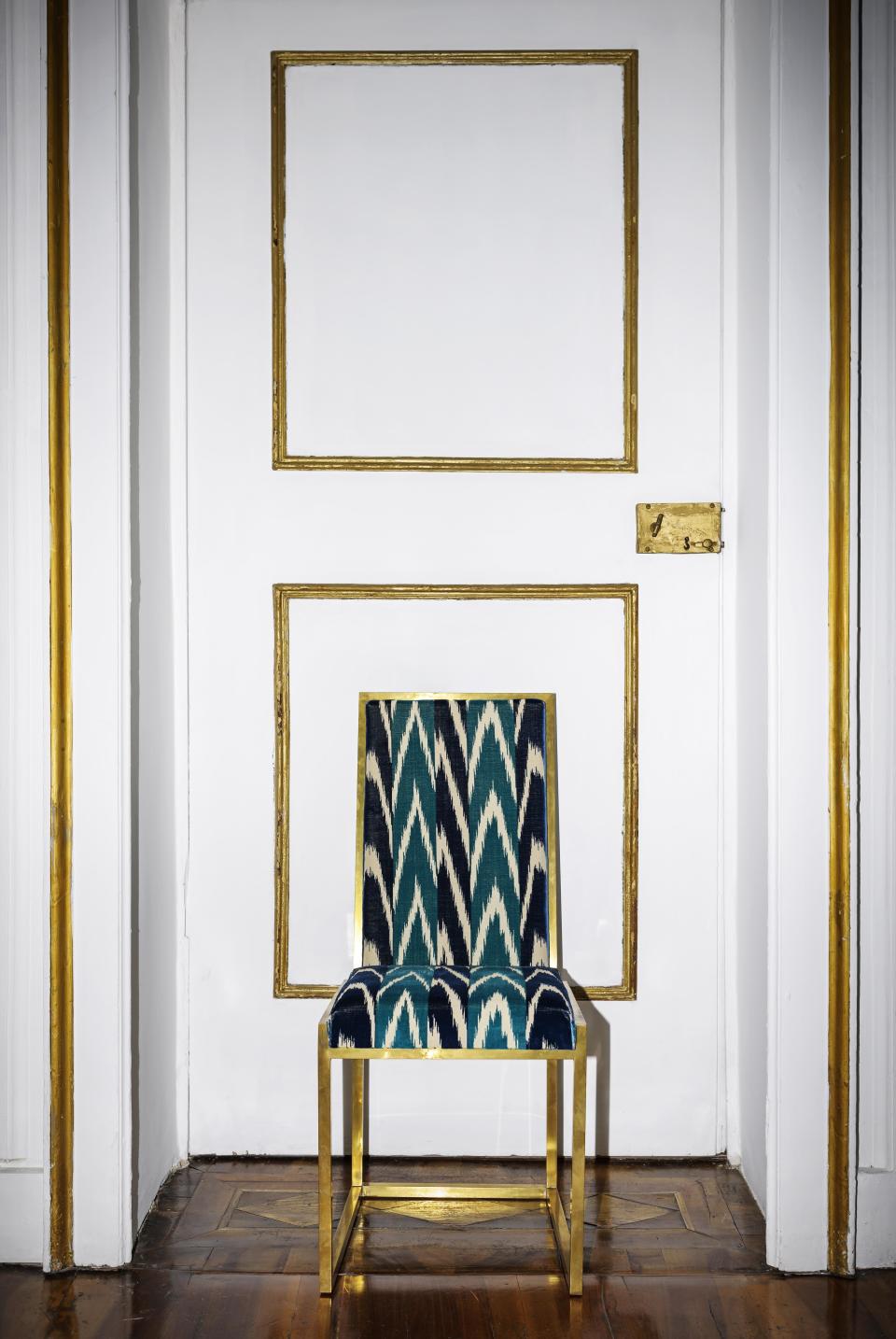
These centuries-old woven textiles ubiquitous in Southeast Asia and South America can be both exotic and traditional, vibrant and muted. For that reason, “they have been around for thousands of years,” says AD100 designer Jan Showers. “I used them in the 1980s when they were done in pastels. I use them today.” Designer Ken Fulk often uses Ikat to add character to a space. “It punches up a room and adds a bit of the exotic,” he says.
Gallery Walls
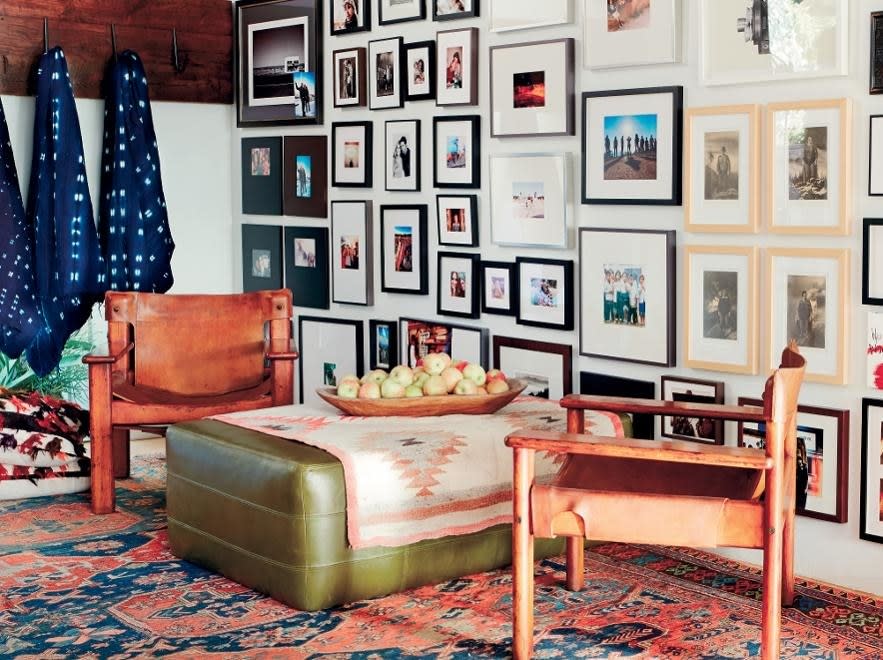
A salon-style accent wall is an opportunity for someone to make a very personal statement about who they are and what they like. “Gallery walls in small spaces draw the viewer in and create an immediate sense of warmth,” says designer Elizabeth Muraro Hague. “I like when someone collects these pieces over time from their travels or from special moments in their lives. A great wall might represent a mix of painting, illustrations, textiles, and photography.
White Kitchens
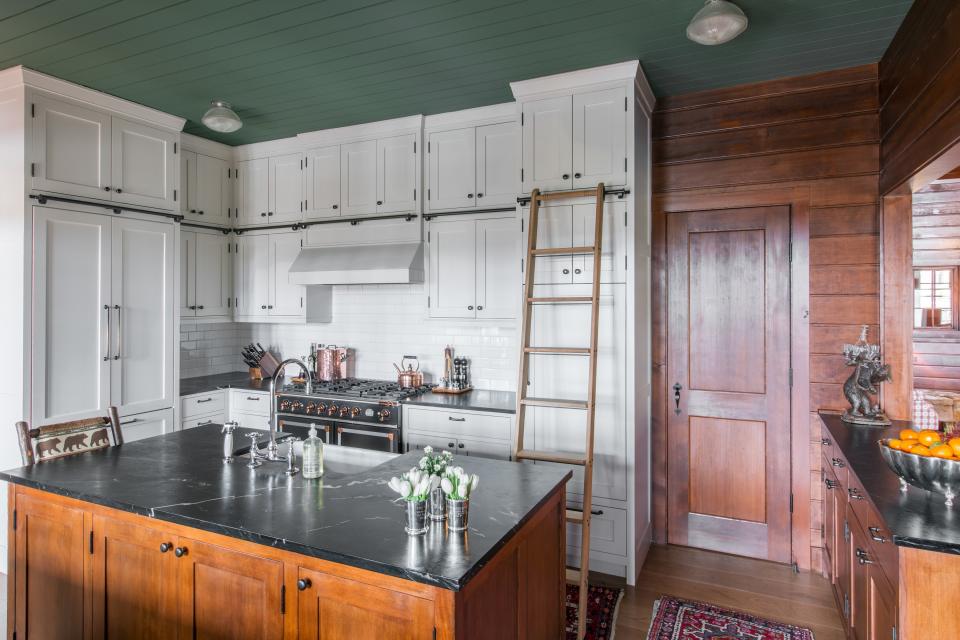
A kitchen with white walls, white countertops, and white millwork works with both contemporary and traditional designs. “White is always chic and current,” says designer Elizabeth Muraro Hague. “Your own finishing touches are what lend personality, whether it’s a pop of color or a hardware finish.” White kitchens allow other items to shine. “The counters and knobs do the heavy lifting, the cabinets recede, and the dishes and food become the star of the show,” says architect Elizabeth Roberts.
Scenic Wallpaper
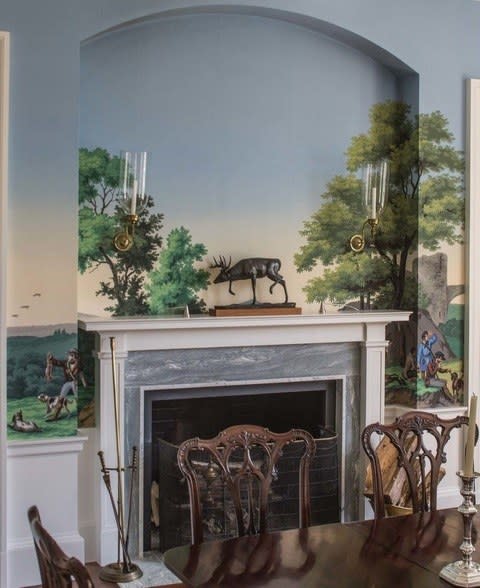
Scenic wallpaper came up in the late 1970s, depicting “beautiful panoramic scenes of exotic locations,” says designer Nina Freudenberger. “It’s the easiest conversation starter for any dinner party.” Shanan Campanaro Foster, the founder of textile design studio Eskayel, says scenic wallpaper’s possible variations and styles, from the very realistic to the more abstract, have helped it endure.
Wet Bar
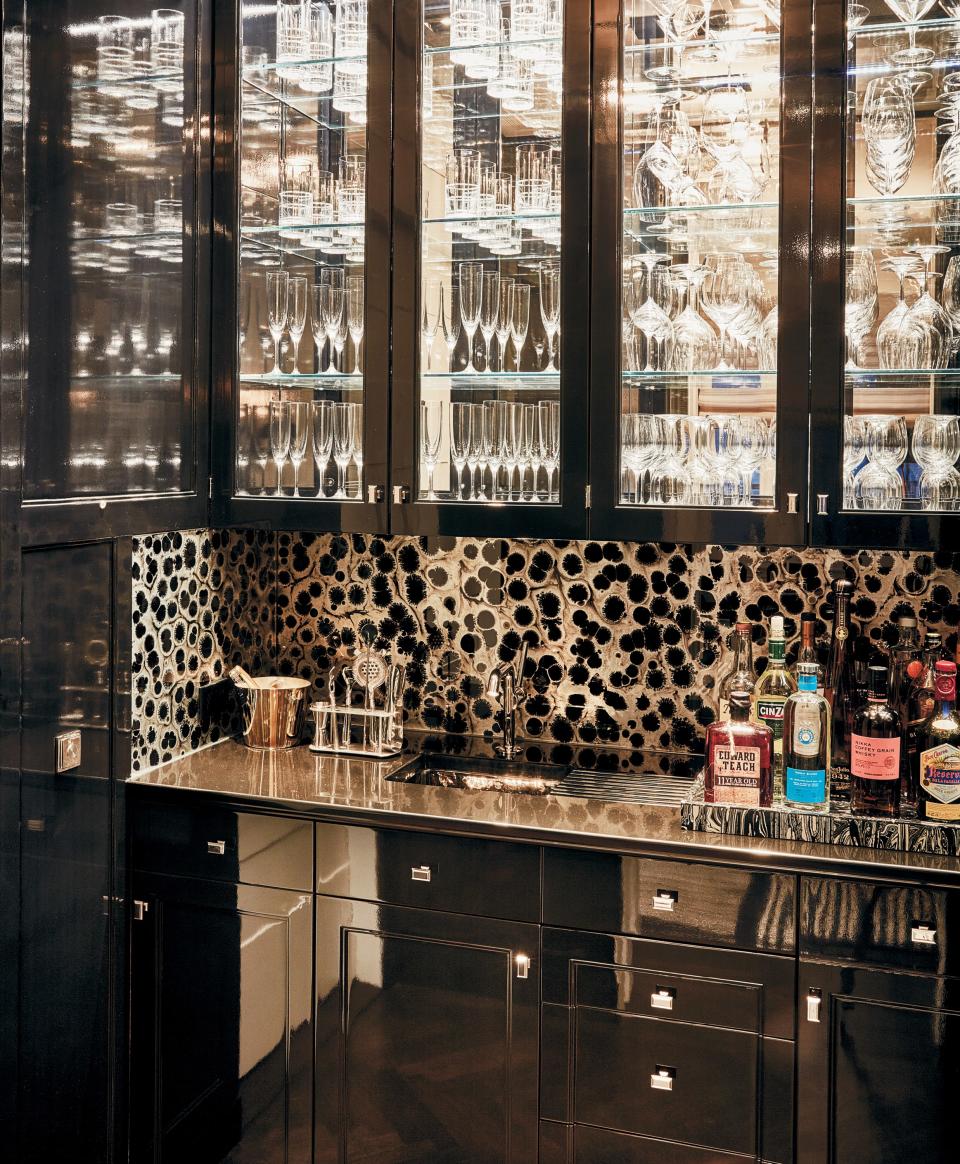
The old-fashioned and super-practical built-in structures were designed as a place to mix and serve beverages (the wet implies a built-in sink). “If I’m designing a space for a client who entertains, a wet bar is a crucial piece,” says Will Cooper, partner at ASH NYC. “It’s something that has existed in history forever as a beacon of entertainment, and when hidden in an armoire or bookshelf, a little jewel box that can exist behind closed doors.”
Wall-to-Wall Carpeting
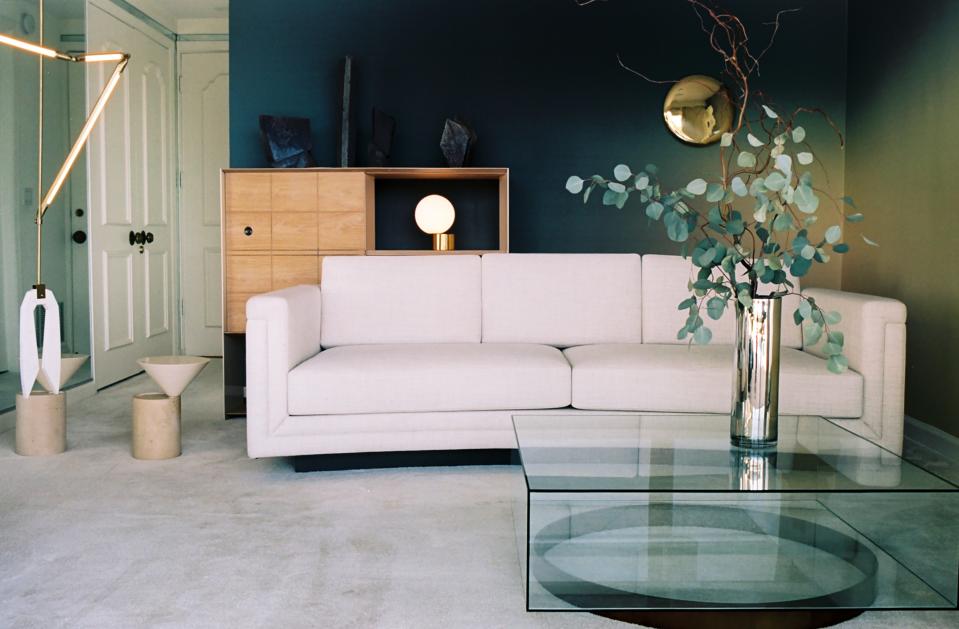
Wall-to-wall floor coverings make any room feel instantly cozy and plush. “How great is a room or a bedroom floor covered in a sumptuous wall-to-wall carpet,” says Will Cooper, partner at ASH NYC. “There is something that will always be inherently comfortable about it.”
Built-in Bookshelves
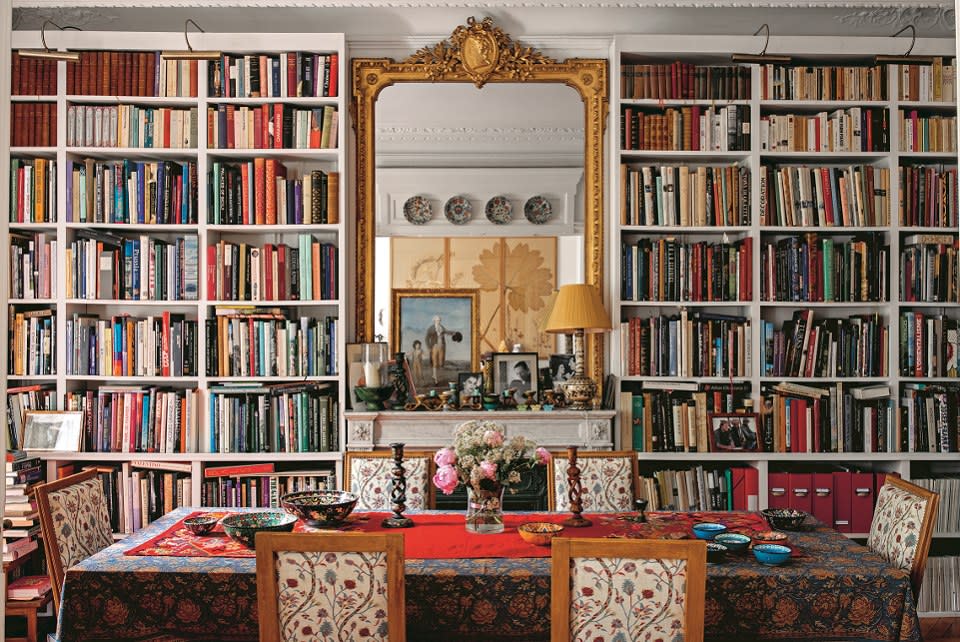
A classic in-wall library has an Old World charm, even when done in a New World way. “Built-in bookshelves are timeless and always elevate the sophistication of a room if done with well-chosen materials and finishes,” says designer Elizabeth Muraro Hague, who likes both a lacquered finish and painting them to match the walls. They can help define a space, too. “The books recede into the wall and add some and possibility to a space,” she adds.
Asian Screens

Whether in large, carved, and colored coromandel lacquer or a more delicate textile, Asian screens add contrast and class to a traditional living space, tending to work best in more classically designed rooms. “They add gravitas,” says designer Leta Austin Foster, “and a great splash of a different color.” They’re also quite useful in dividing up a room. “I think you’ll see them even more and more as people move into homes with fewer rooms and bigger open spaces,” says Austin Foster.
Hanging Pots & Pans
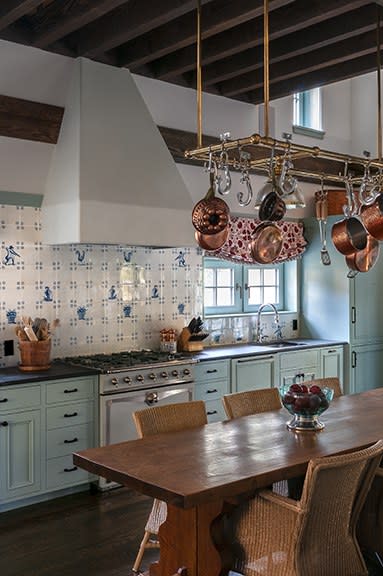
Designers have learned that hanging pots and pans over a kitchen island is an easy, chic way to save cabinet space, keep everyday items close at hand, and lend a multidimensional feel to a kitchen. One caveat, says designer Leta Austin Foster: “Hanging pots and pans should be nickel or pewter,” she says, “so they don’t have to be polished all the time.”
Originally Appeared on Architectural Digest

